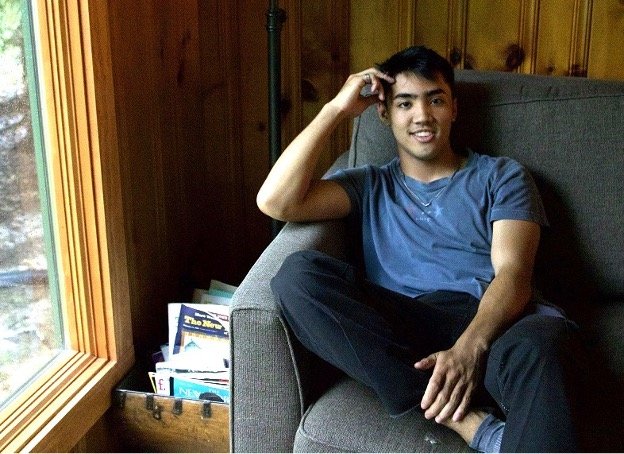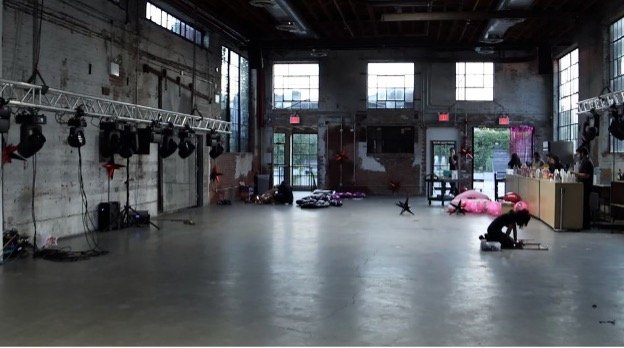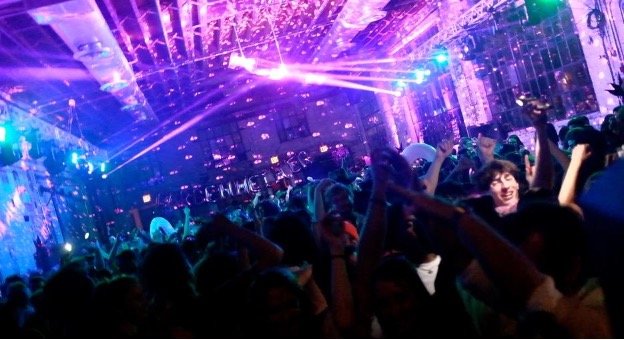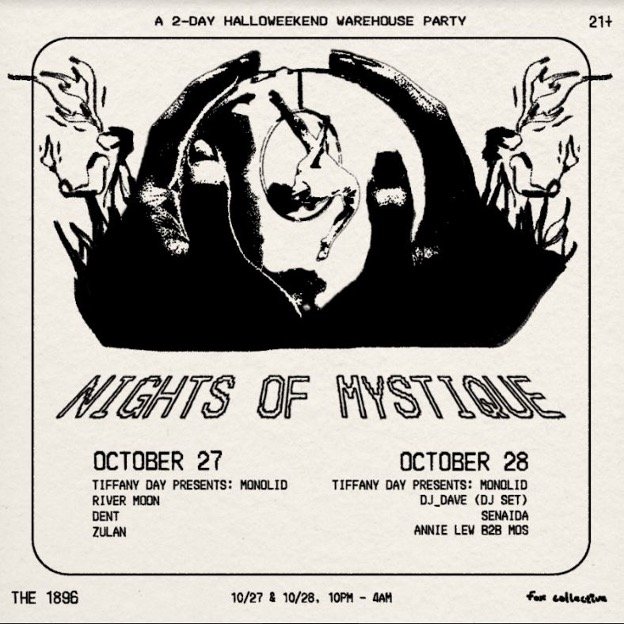Rave Against the Dying of the Night

‘I’m trying to create a piece of art.’ (Photo courtesy of Alex Fox)
To be accurate, he is CEO of a company that organizes rave parties lasting midnight to morning with DJs mixing music to keep thousands of partygoers glued to the dance floor.
The first rave he organized in July this year had almost 900 partygoers. It took only two weeks of preparations, but the attendance exceeded the expectations of Alex and his investor partners.
“Yeah, we made money, but not a lot,” he recalled with a slight chuckle. “We’re not in it for the money.”
His second rave, “Nights of Mystique,” on October 27 and 28, promises to be moderately bigger. Alex and his company, Fox Collective, is preparing to host a crowd of at least 1,000 people on each night. It will be a Halloween party with a carnival theme. The carefully selected venue is the 1896 Studios in Bushwick, a Brooklyn neighborhood with not a lot of apartment buildings and residential areas. Raves, which blare loud electric dance music from 10 p.m. to 4 a.m. “can get super loud” but should not be a bother to neighbors, he said.
The crowd is usually “young” people ranging in age from 21 to 40; no teens allowed. There’s a bar where people can buy drinks, and there are concerns about serving alcohol to minors. “Under 21 can get messy because they cannot get alcohol. It can be a liability.” Tickets go from $50 to $95.
Alex is conscious about security and is looking to hire more than a dozen bouncers. “We need about 13 bouncers, security guards. We work with a company. You want to make sure everyone is safe,” he said.
History of raves
Rave parties have been around for decades and are believed to have originated in London with the popularity of garage rock bands, hippies and what was known as the club culture. They are usually large parties held in abandoned warehouses, clubs, private houses, and can go on for several hours usually lasting in early morning. A good DJ is the best barometer of what makes a rave intoxicating and hard to forget.
Cynthia Malaran, known as “DJCherishTheLuv,” the first Filipina DJ on Broadway, recalled how she was initiated into the rave culture in the 1990s as a high school student sporting a brand-new tattoo.

From empty warehouse…to packed dance floor (below) (Photo courtesy of Alex Fox)

“My besties and I rebelled and went to raves in Manhattan and Long Island to cleanse ourselves of being too clean. We would go in late Friday night and emerge on Saturday when the sun came out, almost deaf, totally dumb and nearly blind from hours of intense strobe lights and beats. We would go to raves by the literal busloads,” she shared with The FilAm.
One night stood out in her memory.
“I remember (going to an) abandoned warehouse, with cold concrete floors that I sat on all night long, getting high on the music, people watching and absorbing the bass from at least three DJs. Hundreds of people in baggy neon clothes, baby doll dresses, glow sticks and necklaces. Everyone was in the moment, being creative and expressive in their own way magnetized to their favorite DJ, their hands stained with the hue of their current Manic Panic hair dye. I remember my friends and I not really identifying as straight or gay. We were simply ravers, and it was a way of life. Some came for the music, I came for the visuals, fashion, and the graphics, and of course to meet cute boys who were never interested in me. We felt so mature, but we were so young.
“We didn’t do drugs or drink at these raves, but the massive crowds got tiring. I remember telling myself I don’t want to wear neon anything ever again and thinking I could never do what those techno DJs do.”
The sheer irony, she was quick to add, was that today, over 30 years later, she finds herself DJ-ing for the biggest crowds at rave parties and “achieving milestones like spinning for the MTV VMAs, being the afterparty DJ/co-producer on Broadway’s “Here Lies Love,” and performing live techno herself with the numerous modular synth societies nationwide that became popular as a response to the pandemic lockdown.”
Filipino ravers
Alex, a part-time actor and a graduate of Dramatic Arts (Theater) from the University of Southern California, said raves are quite common in L.A. He has seen Filipino youngsters attend such parties their elders would scoff at as “wild.”

Poster for the October 27-28 party in Bushwick.
He was introduced to raves as a student at USC. In between marching the picket line with protesting actors and looking for a full-time job, he and some friends threw smaller “Barbenheimer” parties just to test the waters. They loved the experience. They threw their “first big one” in July in Bushwick, New York with 875 people in attendance.
“I rented a big venue…that was my first big one, July 22. It was a success. We made all decors. We put a lot of time and money in it. I didn’t DJ, but I did everything else. We advertised through TikTok,” Alex enthused.
He said drugs, while a no-no, cannot be helped. Organizers emphasize a “no drugs” policy, but if some partygoers arrived already high, security will make sure they are “not belligerent or disturbing others.”
Alex seemed to have everything figured out, despite initial reservations from his parents who are senior editors at The New York Times. They were not too thrilled at first but are now on board, seeing the drive and passion in their son.
“They know my biggest goal is I’m trying to create a piece of art, an experience…that’s my big thing. I’m trying to throw parties people would genuinely enjoy in their own space.”
Reposted from The FilAm: https://ift.tt/KXeypib

Cristina DC Pastor is the founding editor of The FilAm newspaper published out of New York City. She co-founded Makilala TV, the first and longest running (10 years) FilAm television talk show in the New York area.






No comments:
Post a Comment